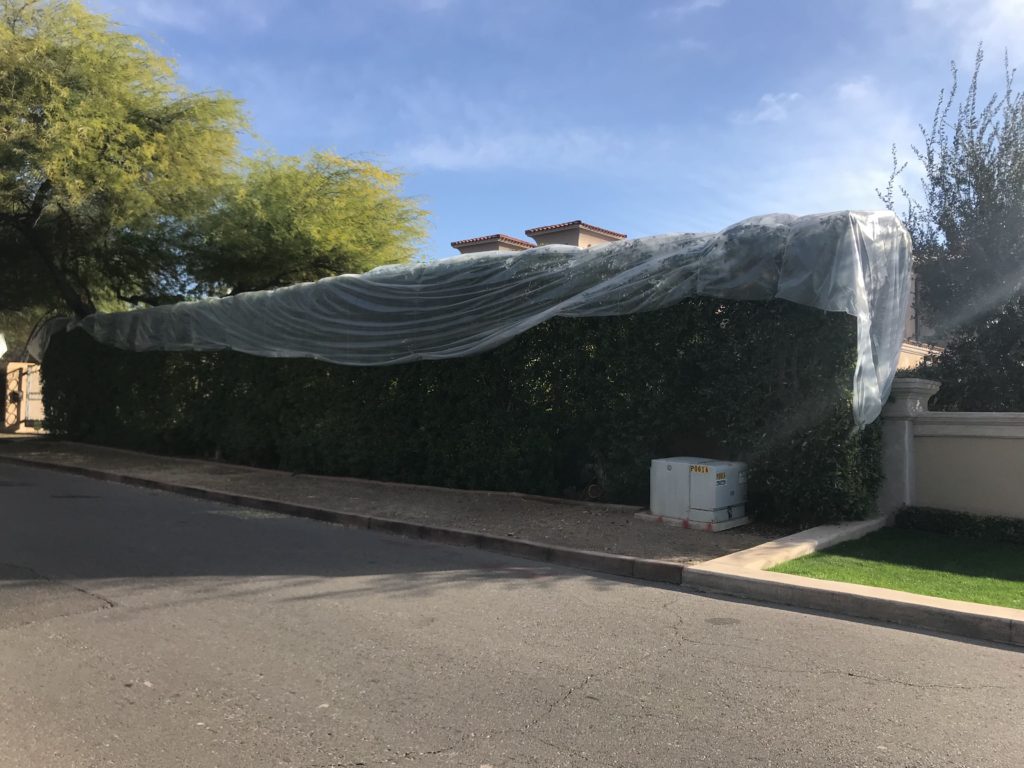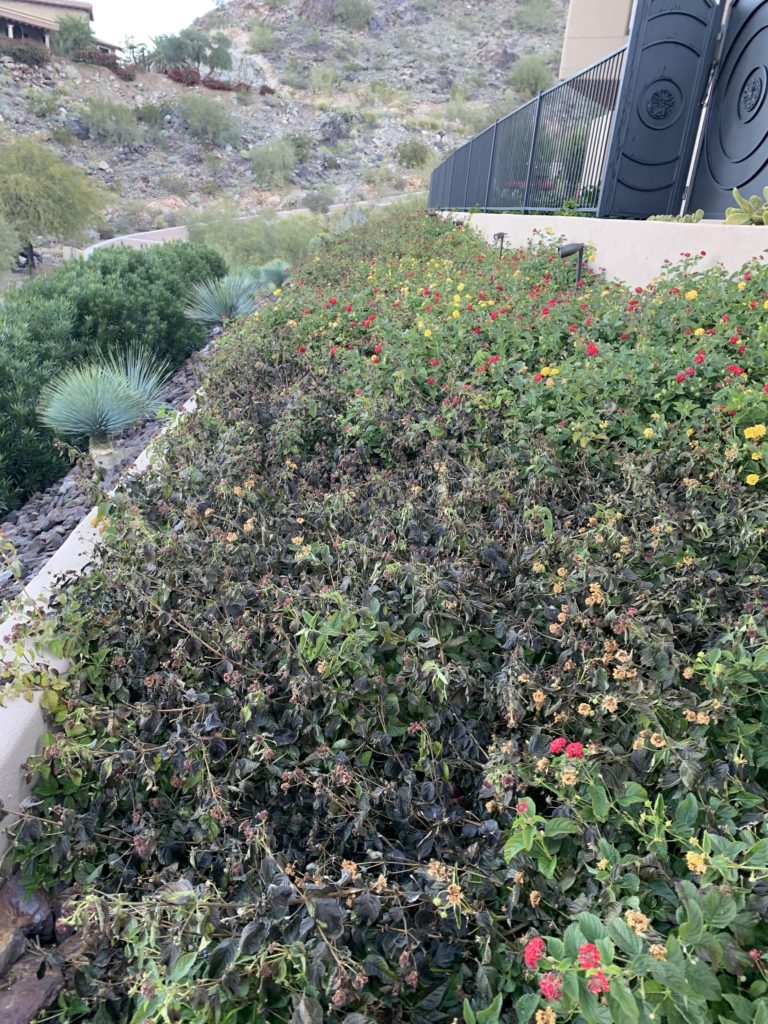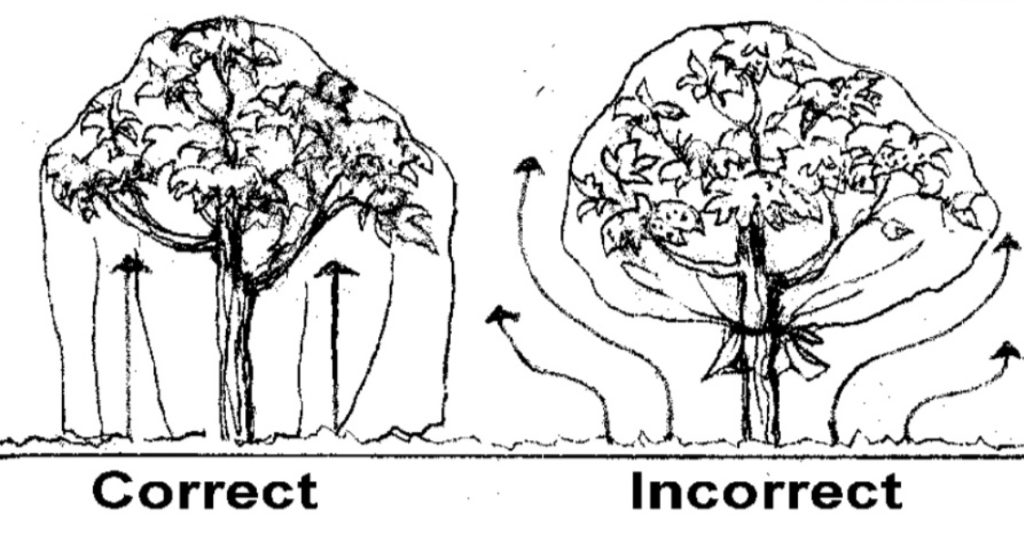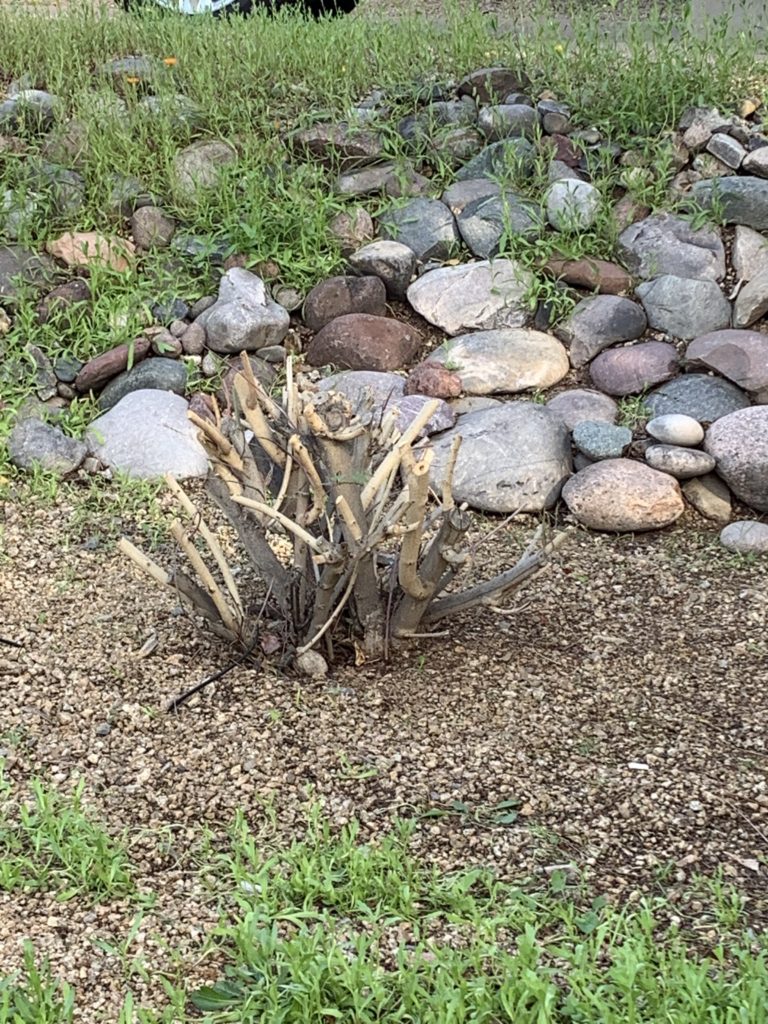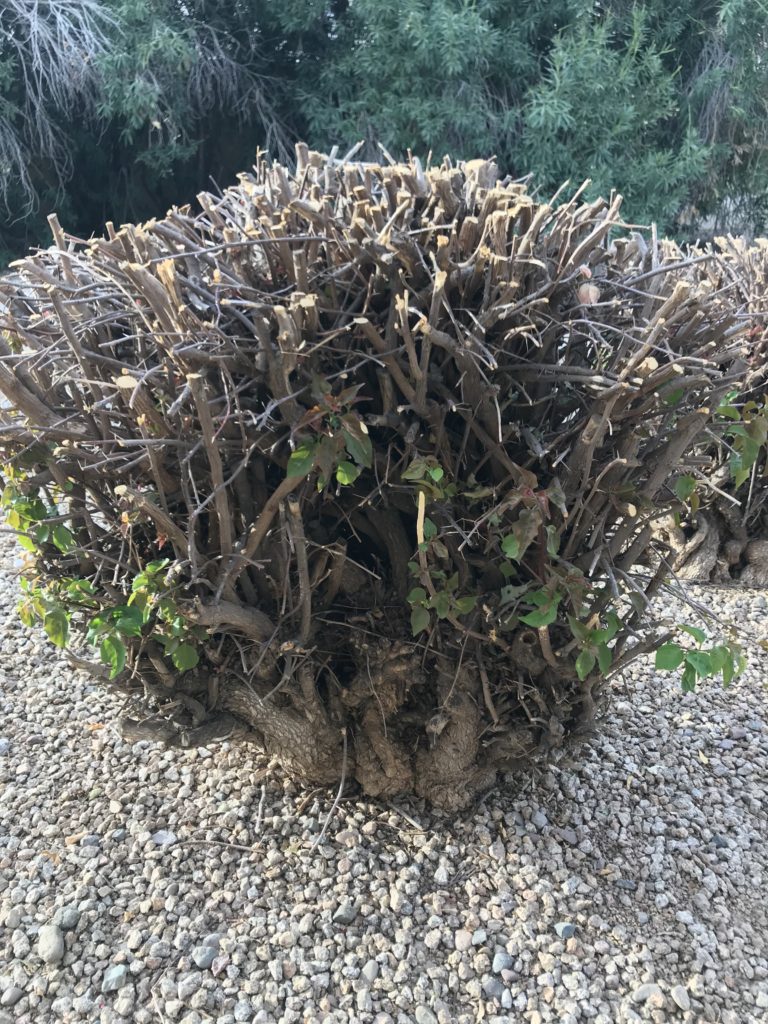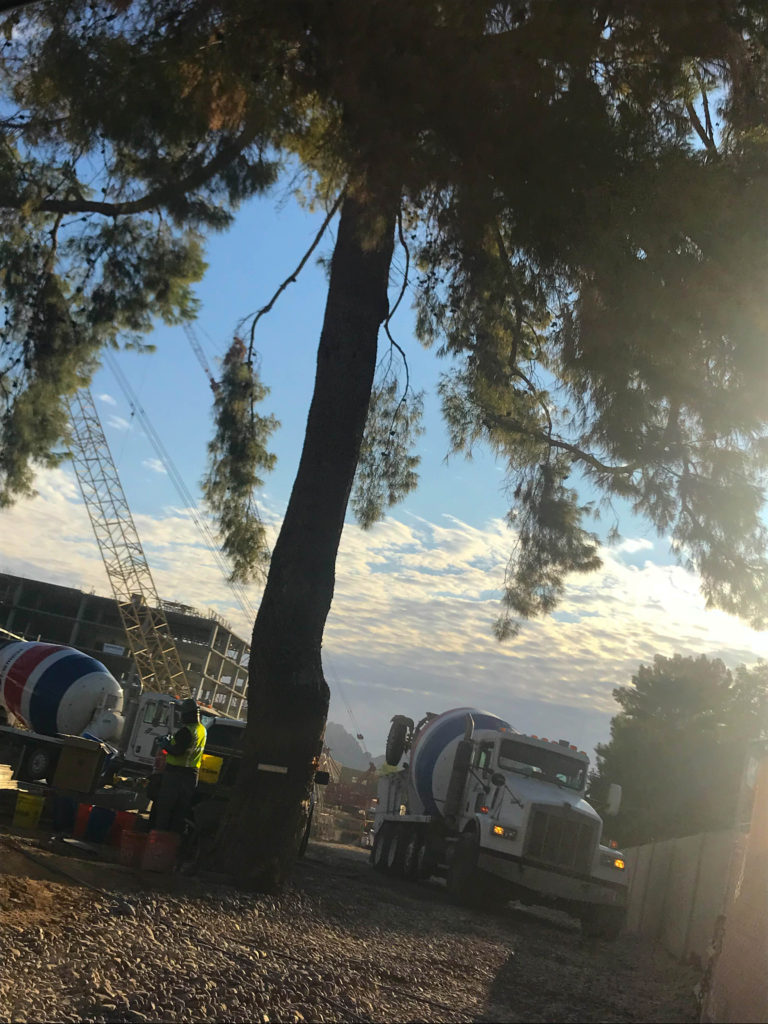Will tall fescue work in your yard
First step is determining if there is in fact enough shade to make it through the summer. Shade should be 60% or more coverage throughout the day. With less than a total of 3-4 hours of direct sunlight in any one area. Two hours of direct sun in the morning, and two hours in the afternoon is fine. If there is direct sun for longer periods of time, you will likely need to have bermudagrass (remember the texture differences seen in the last video? https://www.youtube.com/watch?v=xzn0KdQKM3Q&t=86s
Establishment
Overseeded tall fescue the last week of Sept, and even in the middle of Sept. for higher elevations. Typically, tall fescue should be seeded two weeks before ryegrass in the southern region. Tall fescue has a slower germination than ryegrass; be patient with establishment. Allow 2+ months for seeds to tiller and begin filling in.
Sod is an option, but generally tall fescue sod is only available in the spring months. Contact your local sod farm to pre-order for the spring.
Irrigation
Tall fescue uses about 10-15% more water than bermudagrass in the summer months. Long deep irrigations are best for this deeply rooted turfgrass. In the summer month, irrigate 6 days per week, or put down just under 2” of water per week, compared to Bermudagrass which typically gets 1.5-1.8” per week in June. Reduce water based on your local ET (evapotranspiration) rate.
Reduce water when humidity comes in above 50%, or after monsoon season starts. Excess moisture in the thatch can encourage diseases like brown patch (Rhizoctonia solani) to develop.
Mowing
Elevate mowing height from May- Sept. to 3- 3.5”. Skip mowing on hot weeks over 110 degrees. In the cooler months, mow at 2-2.5”. Remember to slowly reduce mow height- do not remove more than 1/3 of the leaf blade at any one mow. This rule applies to all turfgrass species.
Fertilizing
After seeding, apply 1lb of nitrogen per 1000 square feet around Oct 15, and another pound of nitrogen on Nov. 15. Apply 1 lb of nitrogen in Feb., another pound of nitrogen in Mar., and if conditions stay mild, one additional pound in early April. For established lawns, resume fertilizing in mid to late Sept. to encourage fall growth. For most tall fescue lawns, you will use 5-6 lbs of nitrogen or 5-6 applications of fertilizer per year for maintenance, which is about the same as bermudagrass and overseeded lawns. Stop all fertilization in early April since nitrogen can encourage diseases development.
To calculate how much fertilizer your yard requires, use online fertilizer rate calculators, like this one. I like to make sure to use fertilizer with potassium which can help the plant have a fighting chance against the brown patch infections in the summer.
Site conditions
Soil texture may impact how well tall fescue performs. Conditions such as soil drainage and air flow could impact the success of your tall fescue in the heat. If you have poorly drained soils or poor air flow on your property, you might find the disease pressure is too great in the summer months. There are fungicides available for this disease. You can make the call if you want to go down that road.
Water consumption
Tall fescue can consume 10-15% more water than a bermudagrass lawn in the summer months. However, its water demand is comparable to perennial ryegrass in the cooler season. Expect a higher water bills in the summer months.
Tall fescue is an excellent option for densely shaded yards in southern, hot climates. Tall fescue demands a bit of extra attention and adjustment of cultural practices in order to keep it happy during periods of extreme heat and humidity. It is a great option for year-round turfgrass in shaded yards in the dry and arid climates. Please contact me if you would like help transitioning your shaded lawn areas to tall fescue. I service the central Phoenix metro area. kasey@harmonyhorticulture.com

